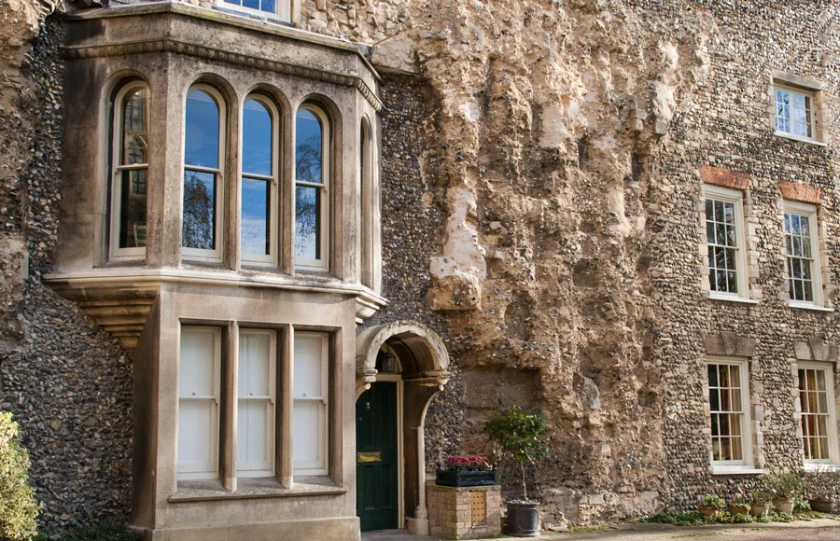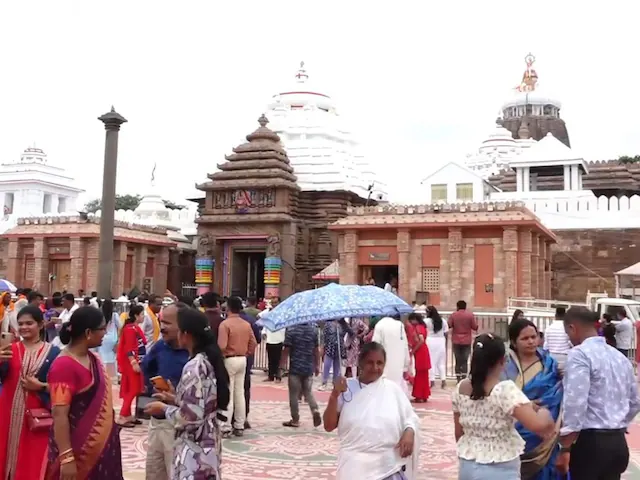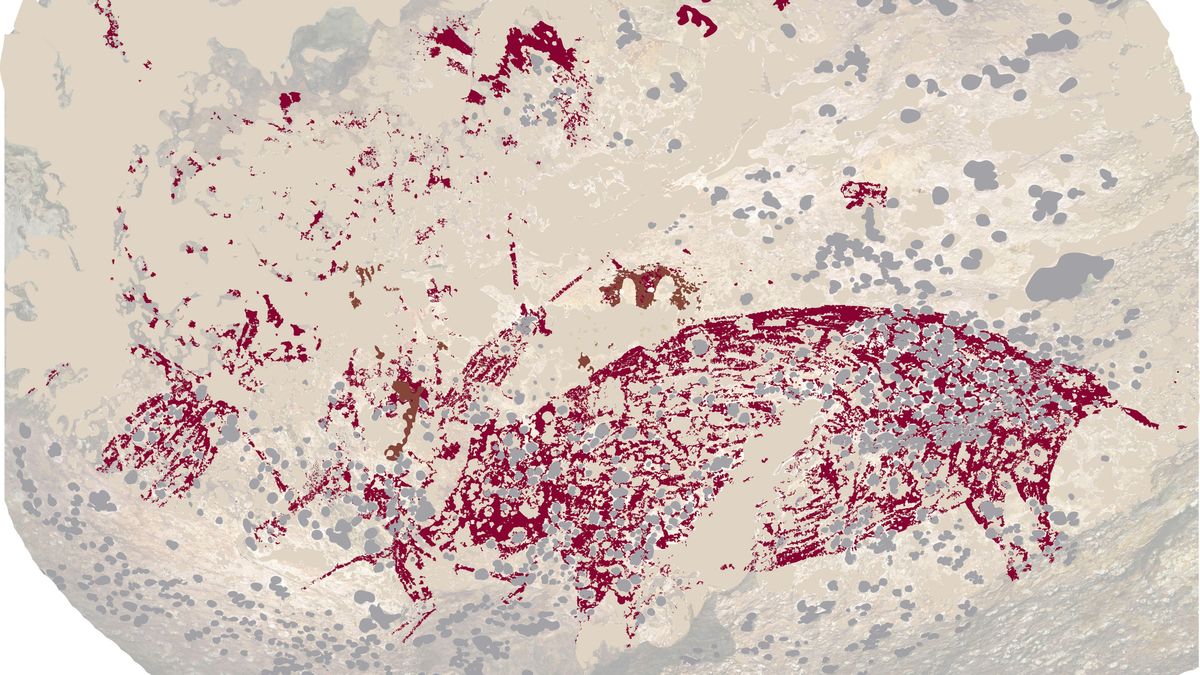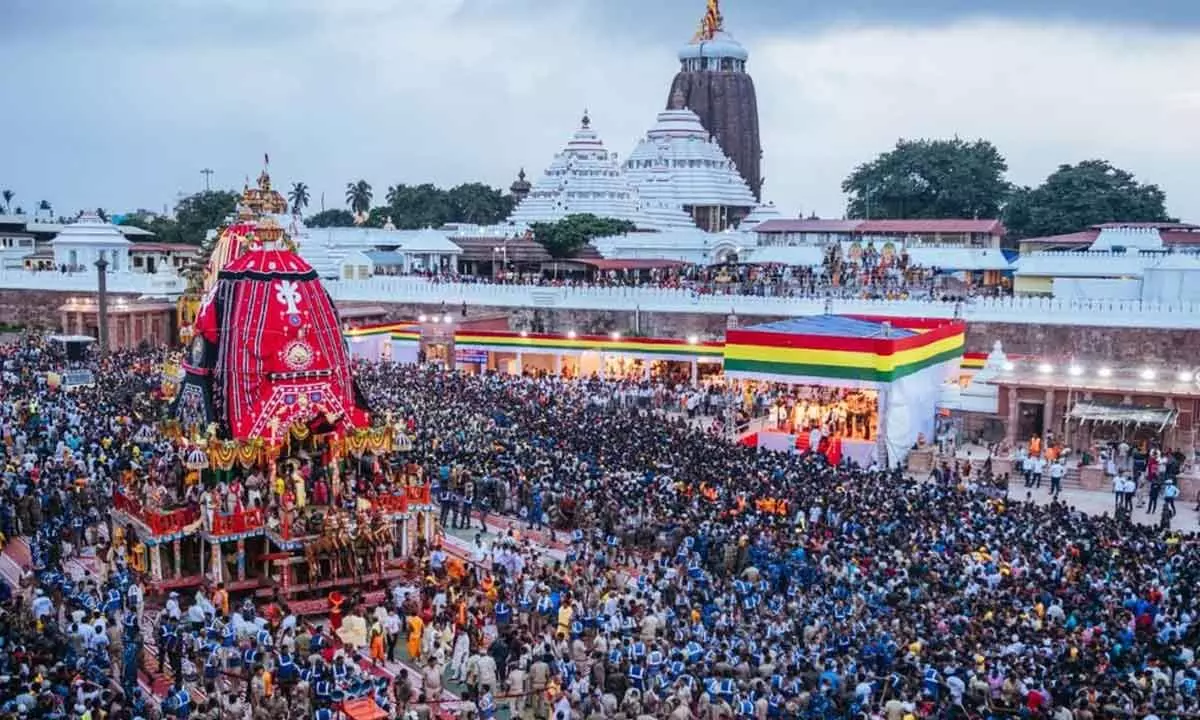The Assam government is gearing up for a grand Jhumur dance performance featuring 8,000 tea tribe artists.
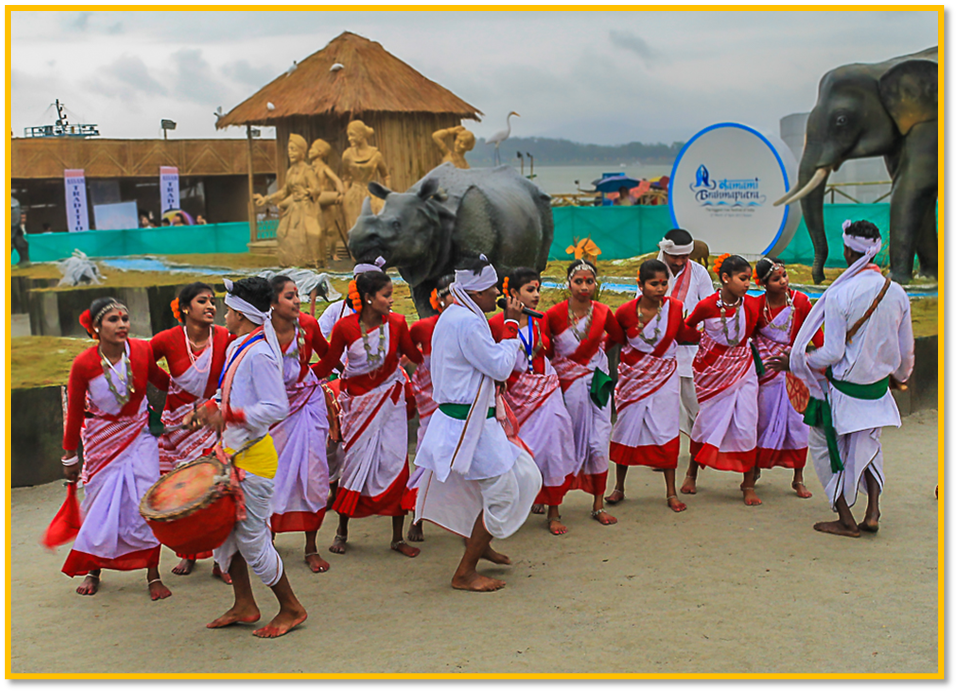
About Jhumur:
- It is a traditional dance of the tea tribe communities of Assam.
- The dance is usually performed during the Autumn season in Assam.
- This dance is also found in a few parts of West Bengal.
- This dance is performed by young girls mostly in an open area like a field or under a tree.
- The girls performed this dance, accompanied by male members to maintain the rhythm and vocals and play musical instruments.
- The dance is performed to the rhythmic accompaniment of the Madal, a popular two-headed hand drum.
- Further accompanying the drums are flute, and a pair of Taals that make the music more harmonious.
- The girls mostly perform the dancing part, holding each other's waist and moving hands and legs forward and backward synchronously.
- This dance incorporates songs and dialogues, which depict the joys and sorrows, yearning and aspirations of the everyday lives of the common people.
- Sometimes this dance is performed as a ritual worship, sometimes for courting and lovemaking, and sometimes for prayer for rainfall by the tea tribe communities of Assam.
- It is believed that Jhumur was originally a means of recreation between phases of tedious agricultural work.
UPSC Prelims PYQ : 2014
Ques : Consider the following pairs:
1. Garba : Gujarat
2. Mohiniattam : Odisha
3. Yakshagana : Karnataka
Which of the pairs given above is/are correctly matched?
a) 1 only
b) 2 and 3 only
c) 1 and 3 only
d) 1, 2 and 3
Ans: c)

